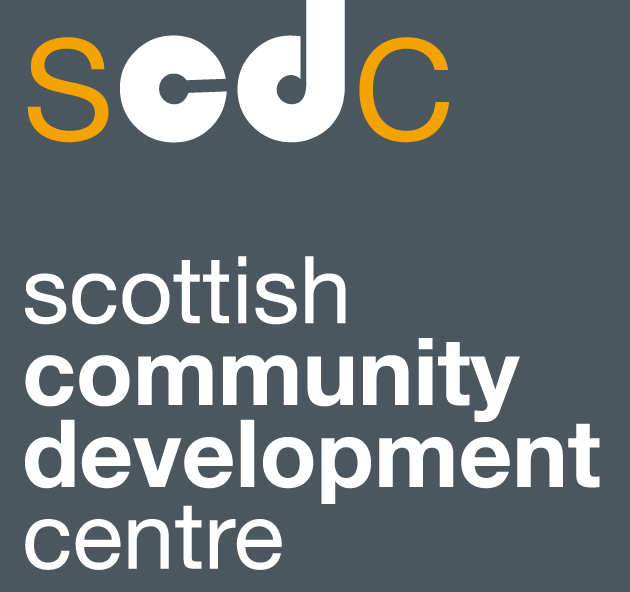Setting the scene
/Participation and public services
Participation requests are just one way to have a say in how to improve services. This guide explains what participation means and gives some pointers for the best way to do it.
Setting the scene…
Public services are the services provided by government. In Scotland they include things like health and social care, roads, railways, public transport, energy, libraries, parks, education and emergency services.
Other, less obvious, public services include support for community activity, funding for the voluntary sector and planning processes for new building developments. Again, these are just examples, but they show how broad in scope public services are.
Everyone uses public services and there will be things we like about these services and also things we think could be improved. Public bodies are the organisations responsible for providing public services and are also responsible for improving these services.
Note: Some public bodies get other organisations to provide public services on their behalf. Examples include private companies, ‘arms-length external organisations’ and voluntary sector organisations.
What is participation?
There may be improvements to public services that you and others in your community would like to see, and ways that you can try and get this to happen. Which brings us to the term “participation”...
Participation can be described as “ways for people to have their voice heard in decisions that affect them, and ideally influence these decisions.”
Why would we want to participate?
In the Scottish Government’s own words,
Public bodies can get better results locally by working together and with our communities so that public services improve for the people who use them
There are two main ways public bodies can get better results by working with people.
People who use services have important knowledge, experience and ideas – This can contribute to improved planning and decision-making.
People get a lot from taking part – This is the idea that through participating, people can increase their skills, confidence, knowledge and awareness. Participation can also help grow a sense of community which can lead to further positive change through community activity.
For these reasons, participation is an essential part of a healthy democracy!
Ways to participate
There is more than one way to participate, ranging from voting in elections to protesting and campaigning for change. There are also a lot of local planning structures that should provide opportunities for participation from people who use services and who are affected by decisions. Some examples of local structures and plans include:
Community planning partnerships
Health and social care partnerships
Local development plans
Children’s services plans
Community justice outcome improvement plans
Community learning and development plans
You can find out more about all of the above on the Policy Low-down section of Communities Channel Scotland.
Sometimes public bodies will seek to engage you in these and other structures. The National Standards for Community Engagement are a set of recognised principles for public bodies to follow when conducting community engagement.
A participation request can be used to strengthen participation in any of the above processes or, alternatively, it can lead to a new process being set up.
Links to more information
Our easy read guide is a great place to start to learn more about participation requests
Find out if you are ready to make a participation request in our are you ready? resource
Communities Channel Scotland has useful links to more information on community empowerment, participatory democracy and local services and planning.


